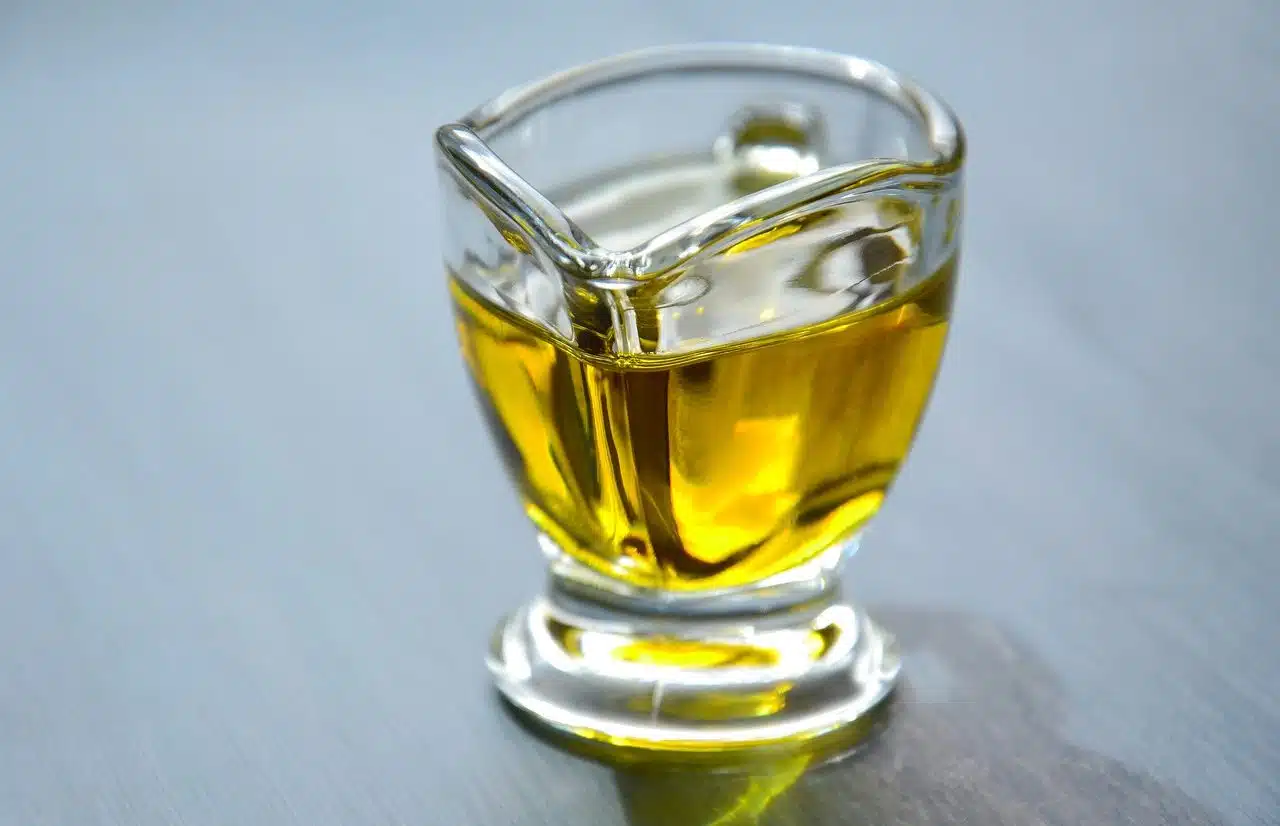
Fatty acids are biomolecules of lipid constitution.
Fatty acids are biomolecules of lipid constitution that are formed from a linear and extensive hydrocarbon chain, with a carboxyl group at its end. As you can see, it is necessary to know the meaning of several concepts to understand what fatty acids are.
An acid is a substance that, when dissolved, causes an increase in the concentration of hydrogen ions. Acids can combine with bases to develop salts. Fatty , on the other hand, is that which has fat ( sebum , lubricant).
These acids are biomolecules : that is, molecules that make up living beings. Lipids , on the other hand, are those molecules that are composed primarily of hydrogen and carbon. As for carboxyl groups , they are sets of compounds that have a carboxy or carboxyl type functional group (they have a hydroxyl and carbonyl group on the same carbon).
Characteristics of fatty acids
The carbon atoms of fatty acids are linked through covalent bonds , whether double or single. At one end of the chain, there is an atom with three free bonds occupied by hydrogen atoms, while the rest of the atoms have two free bonds (occupied by other hydrogen atoms). At the other end, the carboxyl group appears, which combines with some of the hydroxyl groups to generate a reaction .
The lipid bilayer of the plasma membranes of cells is formed with these fatty acids, which belong to the groups of molecules known as glycolipids and phospholipids . In the case of mammalian animals (including humans ), fatty acids are usually found as triglycerides , which are deposited in adipose tissue.

Vegetable oils contain fatty acids.
Classification according to type
It is important to know that fatty acids, if we take into account their structure at a chemical level, can be divided into three large groups:
- Monounsaturated , which are mostly derived from nuts, salmon or vegetable oils such as wheat.
- The saturated ones, which are fats . We can say that they can be found in foods that have animal origin, such as, for example, butter , cheese and meat .
- Polyunsaturated fatty acids, which are divided into two groups: omega 3 fatty acids and omega 6 fatty acids .
Omega 3 and 6 fatty acids
In recent times, where there has been a notable increase in the number of people who are committed to taking care of their diet , we come across the fact that foods that provide omega 3 fatty acids have gained great prominence since they are considered to bring with them numerous benefits to the body.
Specifically, it is ruled that they promote both the correct functioning of the brain and the nervous system, without forgetting of course that they do the same with the immune system. Not to mention that they significantly improve blood pressure or coagulation, among others.
Omega 6 fatty acids , on the other hand, must be ingested in an absolutely moderate manner and under control because an excess of them in the body gives rise to serious health problems such as arteriosclerosis or even inflammatory difficulties.
